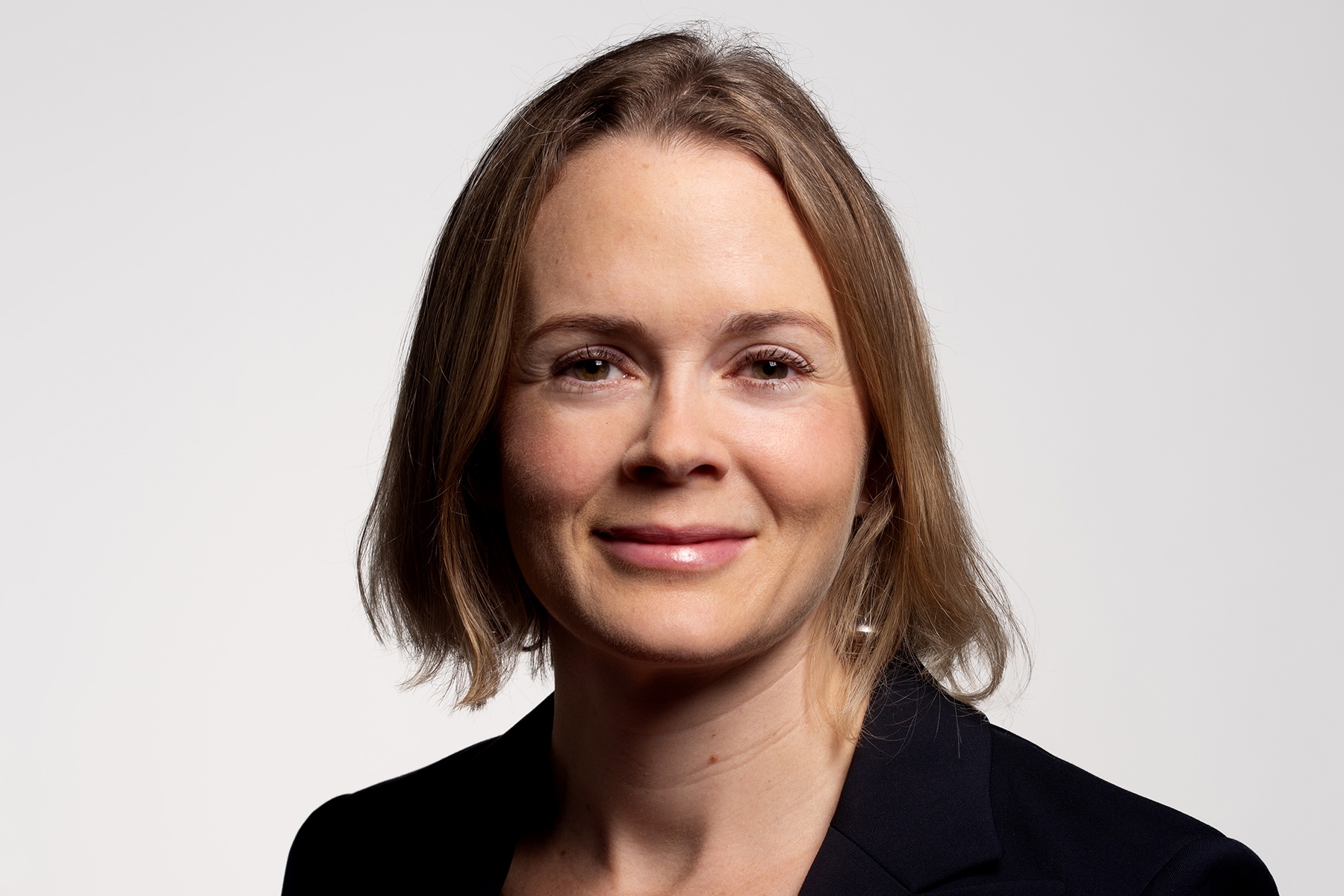Novo Nordisk and Eli Lilly Lead Potential $60 Billion Obesity Drug Market; Valuations Look Rich

The approval of Novo Nordisk’s NOVO B GLP-1 agonist Wegovy in 2021 has led to a demand surge for the active ingredient semaglutide in various forms, including diabetes drug Ozempic. Eli Lilly’s approved diabetes drug Mounjaro is poised to generate even stronger weight loss and to launch in obesity around the end of 2023. We think Novo and Lilly will continue to lead the obesity market over the next 10 years, with incremental innovation in this rapidly expanding market that will support their wide moats. We assume Novo Nordisk’s Wegovy, higher-dose oral and injectable semaglutide, and novel GLP-1/amylin cagrisema will support more than 35% share in 2032. Eli Lilly is likely to remain Novo’s chief competitor, driven by potential launches of Mounjaro in obesity as well as an oral GLP-1 and a novel triple agonist in 2025, resulting in a 40% share by 2032. We think Amgen, Pfizer, and other biopharma firms could begin to launch their own GLP-1-based obesity drugs as early as 2025, with these new players growing to roughly one quarter of the market by 2032.
We think the average global price for GLP-1 therapy in obesity is poised to rise to roughly $5,400 as Wegovy and Mounjaro launch and then gradually decline beginning in 2025 as additional therapies launch, falling to roughly $2,800 by 2032. Furthermore, we expect 21 million individuals globally could be taking GLP-1-based therapy for obesity by 2032, creating potential for a $60 billion market. We think there is high uncertainty around the potential size of this market, with likely potential sales in the range of $37 billion-$86 billion annually. While demand is soaring today, our valuations incorporate potential risks. Beyond pricing pressure from new brands (2025) and generic semaglutide (2032), potential risks include payer restrictions on coverage, patients falling off of chronic therapy, weaker demand among nondiabetic obese patients, or any long-term safety risks that could emerge as more patients receive treatment.
The author or authors do not own shares in any securities mentioned in this article. Find out about Morningstar’s editorial policies.


:quality(80)/cloudfront-us-east-1.images.arcpublishing.com/morningstar/MG6XOCYGF5BO7MG5YRNBISB3SA.png)
:quality(80)/cloudfront-us-east-1.images.arcpublishing.com/morningstar/TXAOQ3NTDNAVLGMP3O4BVUVFTA.png)
:quality(80)/cloudfront-us-east-1.images.arcpublishing.com/morningstar/RH6K4NMACRHO3DQIPX57HVLLAU.png)